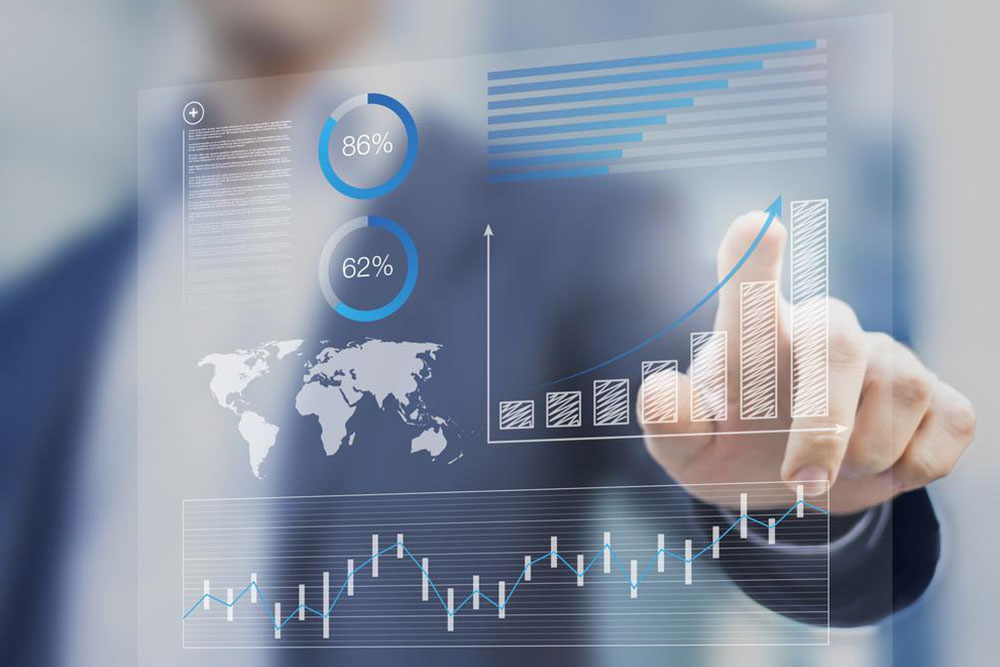Popular business intelligence dashboards of 2017
Today, a strategic business intelligence mechanism such as the business intelligence dashboard is all the more important due to the ready availability of mountains of data. The extremely cost-effective BI dashboards cohesively organize data and get rid of any possible data cluttering that could take place while using advanced intelligence tools. They make used of charts, graphs and other visualization elements which help analyze and interpret data easily.
Listed below are the top four Business Intelligence Dashboards for 2017 –
SiSense
SiSense is a business analytics software that provides an agile, robust solution for companies that are struggling with scattered, large amounts of data.

SAP Crystal Reports
Perfect for small and medium-sized businesses, SAP Crystal Reports allows users to create dynamic, richly-formatted and powerful reports from data sources of up to 24 languages including Simplified Mandarin, Russian, Dutch, Italian, Spanish, Japanese, German, French and English. This robust software transforms almost any data source into actionable and interactive information that can be accessed both online and offline, and from mobile devices, portals and apps. The software costs $495/user (one-time), $295/user to upgrade to the newest version.
Dundas
The flexible, visual data analytics software Dundas, which features a responsive design and a touch-based interface, allows users to easily collect, prepare and analyze data into easy-to-read, customizable and interactive reports and dashboards. Dundas also allows collaborating with others, performing visual data discovery and running ad-hoc queries, along with possessing open API across the entire platform, allowing members to integrate with any data source on any device in in-memory and real-time. Dundas offers a flexible, customizable pricing model.
Birst
The Birst business intelligence dashboard is a two-tiered architectural structure designed to eliminate information silos. It instead focusses on the ability of decentralized users to improve the enterprise data model sans compromising on data governance and do so virtually, rather than physically, while being governed by a unified semantic layer. Birst users possess access to self-service analytics via predictive analytics, visual discovery, reporting and executive dashboards. Birst offers differently-priced solutions for different-sized businesses.